The One About Stones
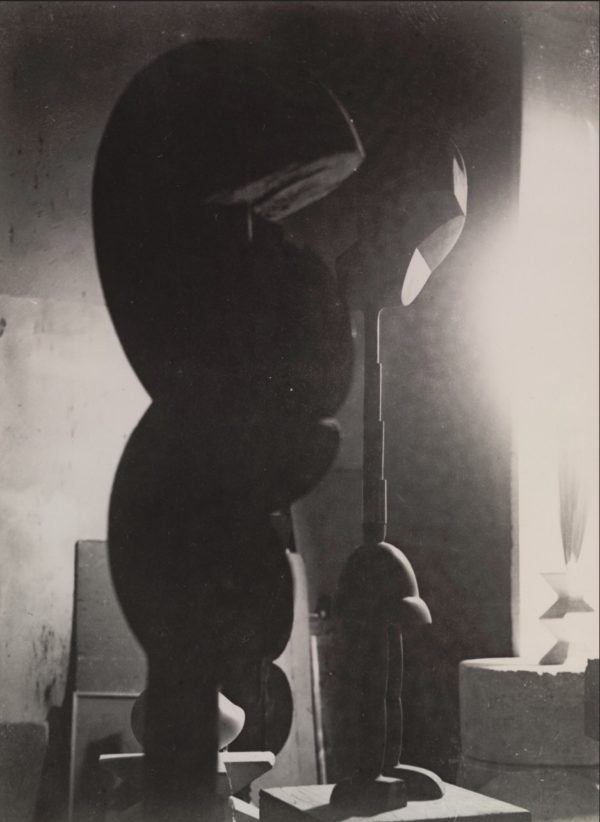
A photograph by Constantin Brancusi of his studio, from a new exhibition of his work at MOMA
Many of you will remember the scene from Citizen Kane in which the camera pans across Charles Foster Kane’s massive collection of artistic treasures:
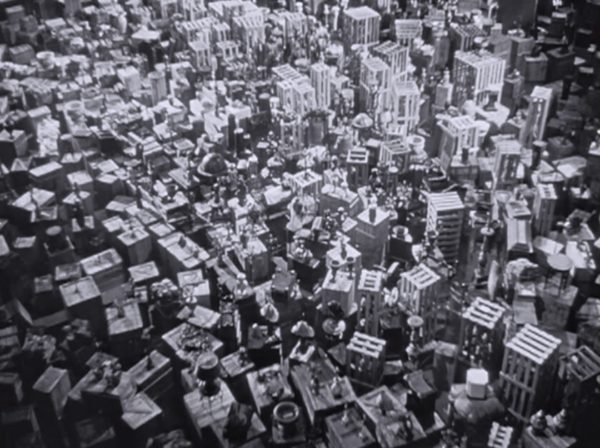
William Randolph Hearst, the real-life financial titan on whom Kane was based, bought not only works of art but entire buildings, some very old, which he had dissembled and shipped to America. But when he lost much of his fortune in the Depression, whatever plans he had for those buildings were forgotten. One of his purchases, large chunks of the Santa Maria de Óvila monastery in Spain, lay forgotten in California warehouses for years, but has recently become the Abbey of Our Lady of New Clairvaux in Vina, California.
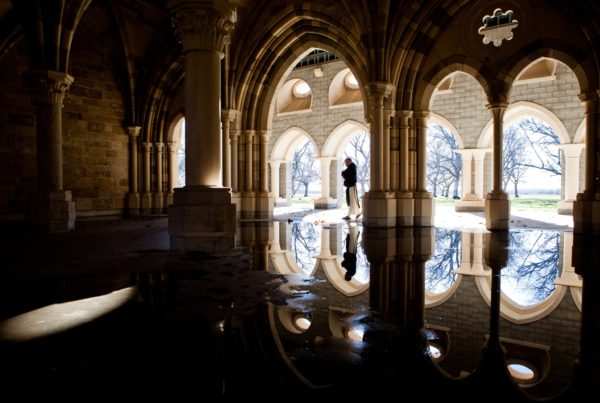
There was a nice story about New Clairvaux in the New York Times in 2013.
Another of Hearst’s Spanish ecclesiastical purchases, the Abbey of St. Bernard of Clairvaux, sat in pieces in a Brooklyn warehouse for 26 years. The hay in which the pieces of the abbey were packed was thought contaminated by foot-and-mouth disease and had to be burned; and by the time that work was done, Hearst was out of money and imagination. But then, as the Los Angeles Times tells the story, in 1952, after Hearst’s death, “two Florida promoters bought the monastery ... at auction and invested 19 months and $1.5 million to reconstruct it on the site of an old nursery on Dixie Highway. Life Magazine called it ‘The World's Largest and Most Expensive Jigsaw Puzzle,’ involving 36,000 stones, which, although individually numbered, had not been repacked in the same crates after the hay was burned.” Now the reconstructed monastery is an Episcopal church and tourist attraction. It’s really beautiful.
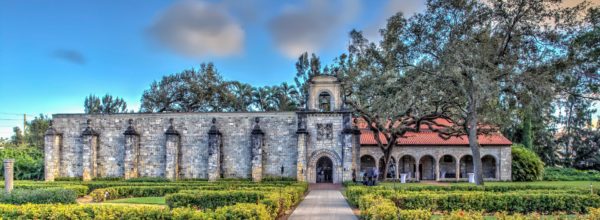
Of course, Hearst was not the only such collector. A much less wealthy man, the sculptor George Gray Barnard, spent years bicycling across the French countryside looking for artworks, and whole buildings, that he could buy on the cheap. His collection became the foundation of one of the most wonderful museums in the world, The Cloisters.
John Pitt, type designer and sculptor, shows you how to cut letters in slate:
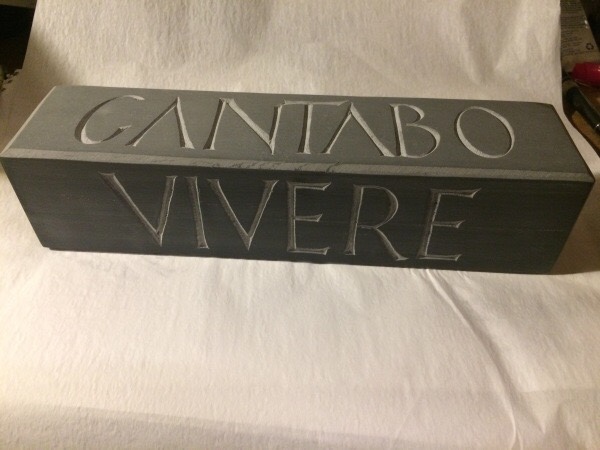
- My take on “Gen Z” — ack, I gag every time I type that phrase.
- All the productivity guidance I got.
- Many thanks to Robin Sloan for the shout-out to this newsletter in his fabulous newsletter. ¡Viva la República!